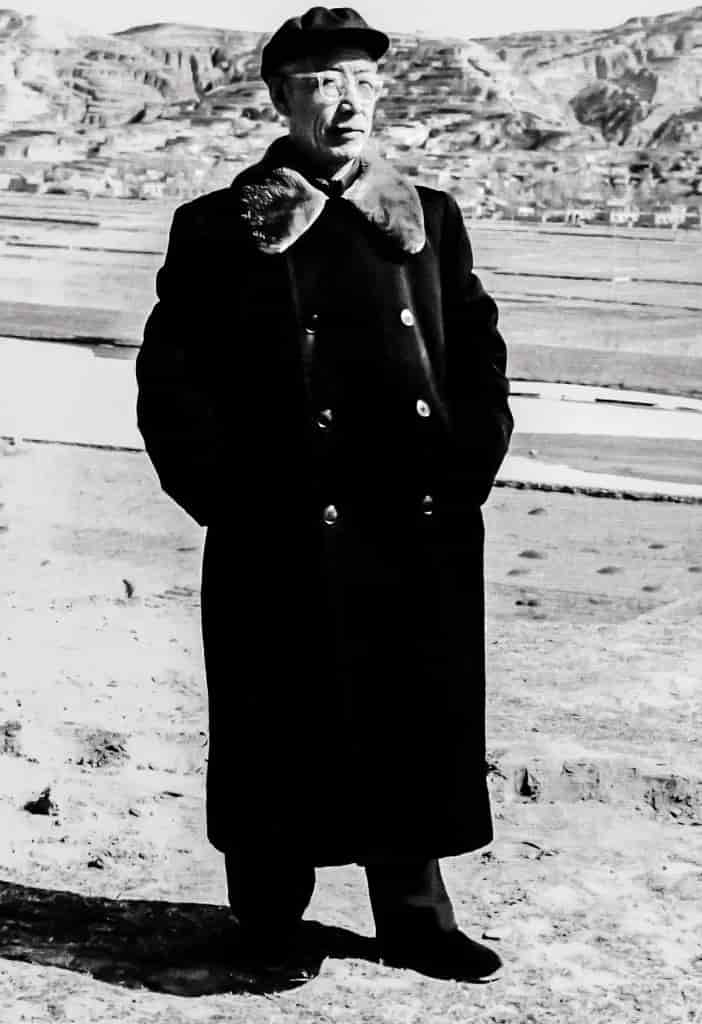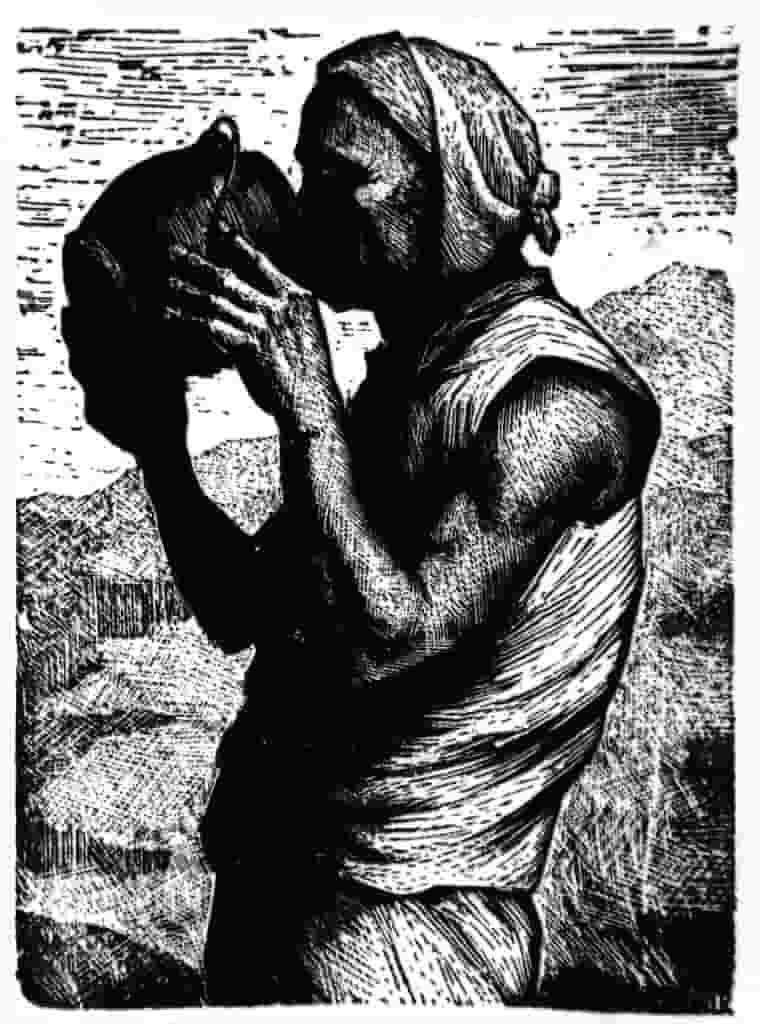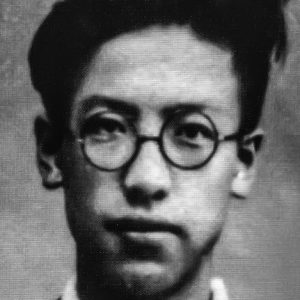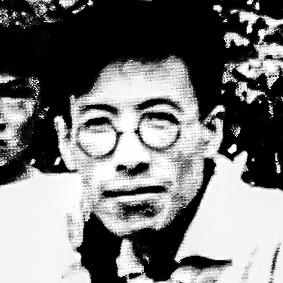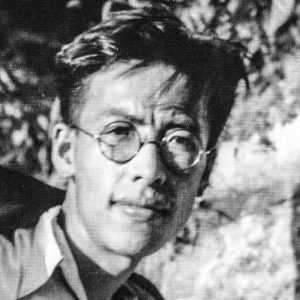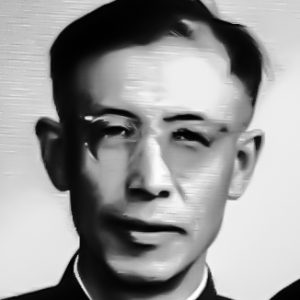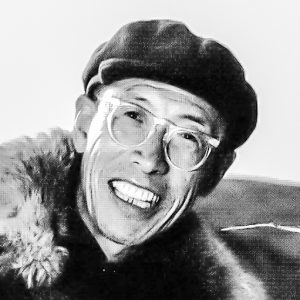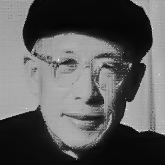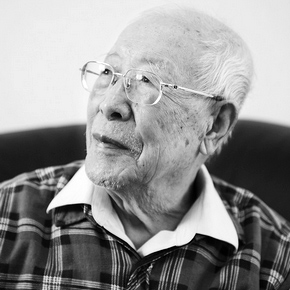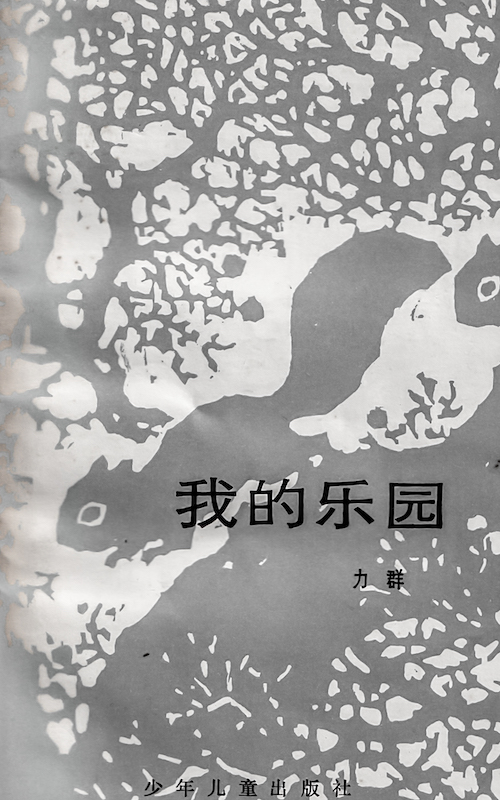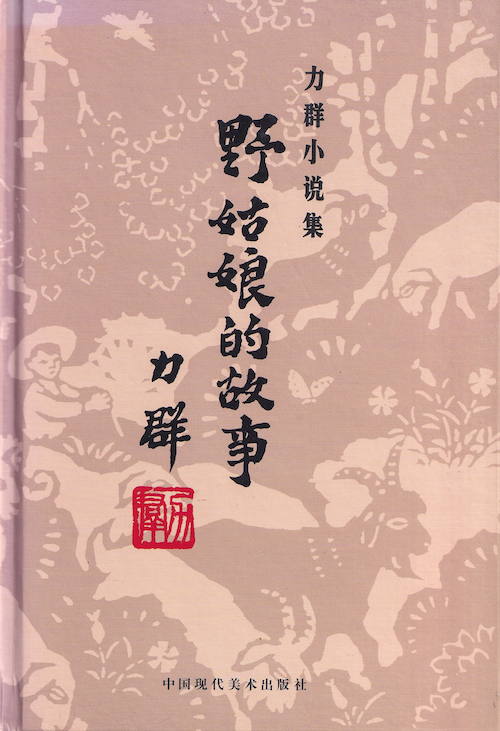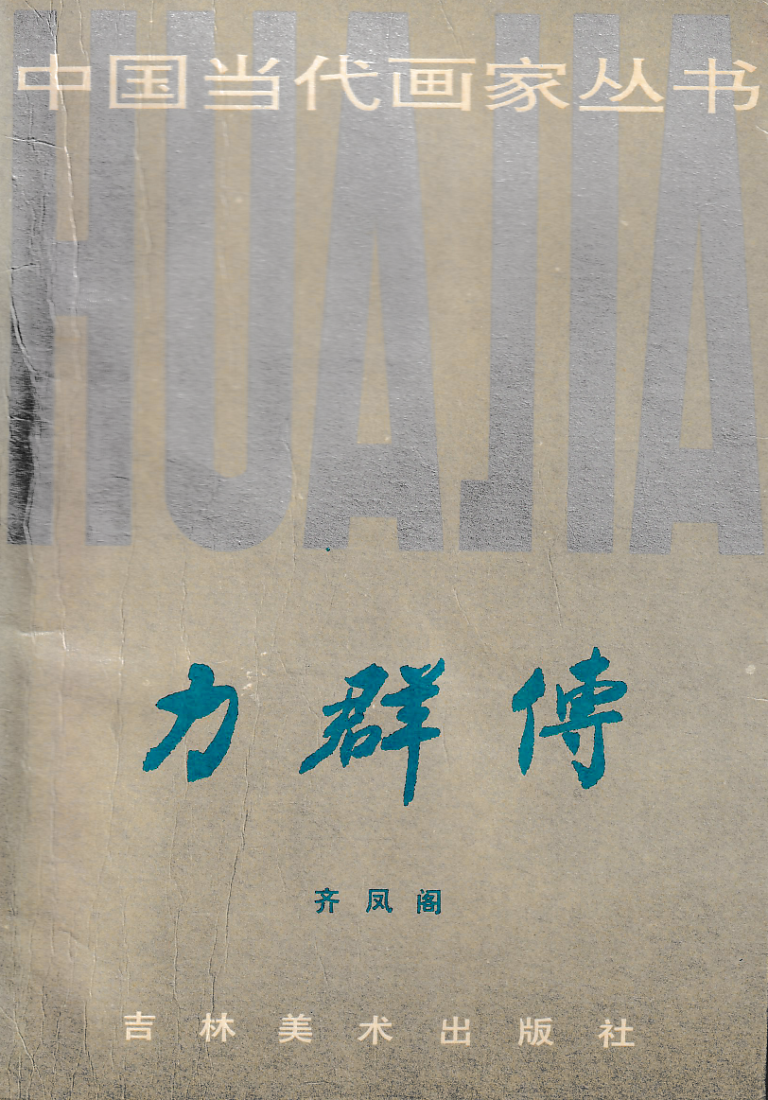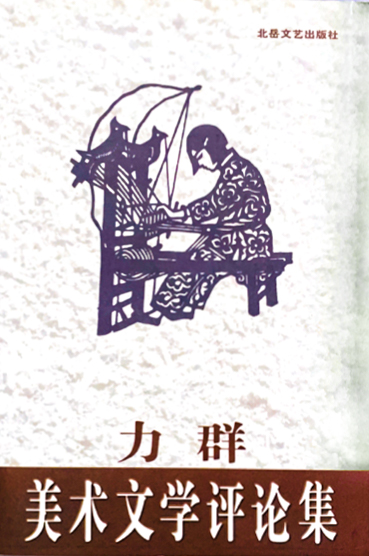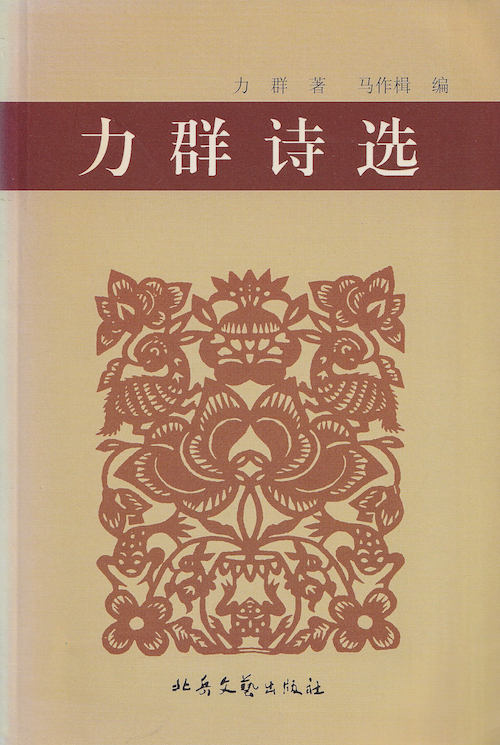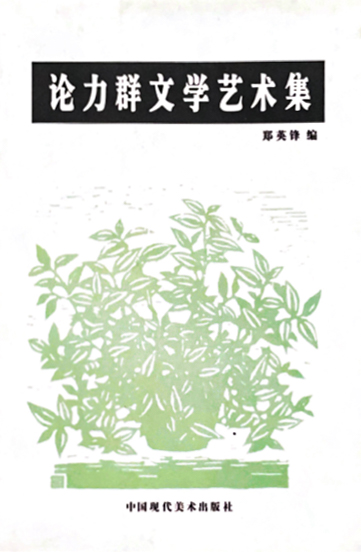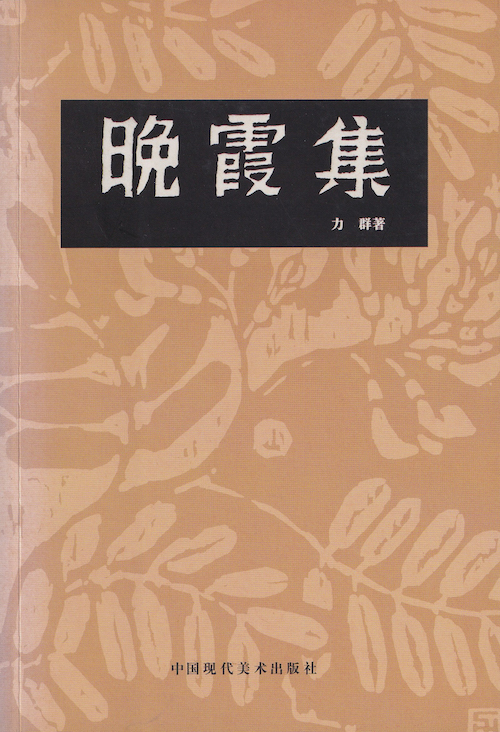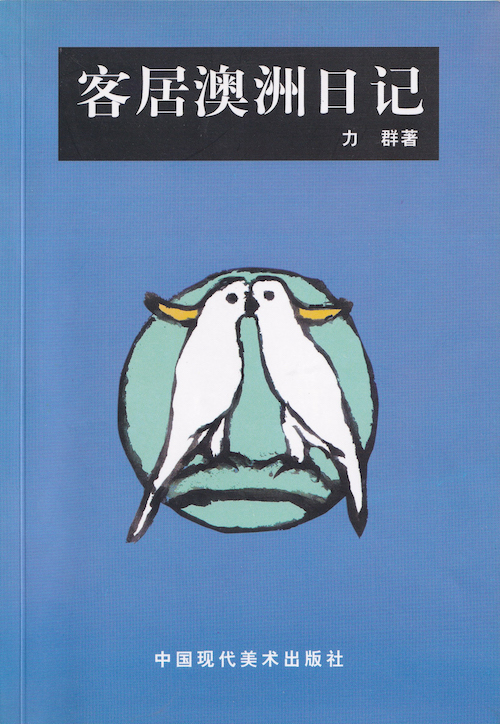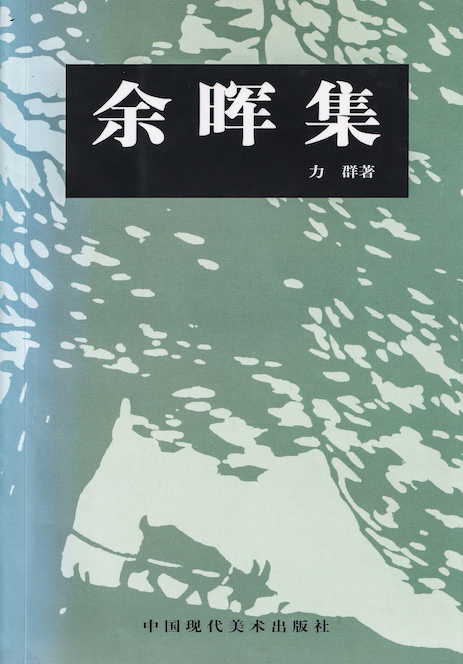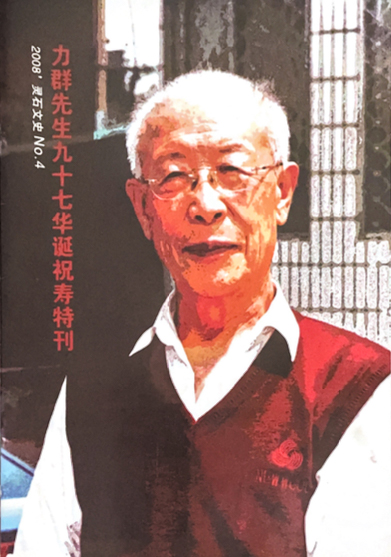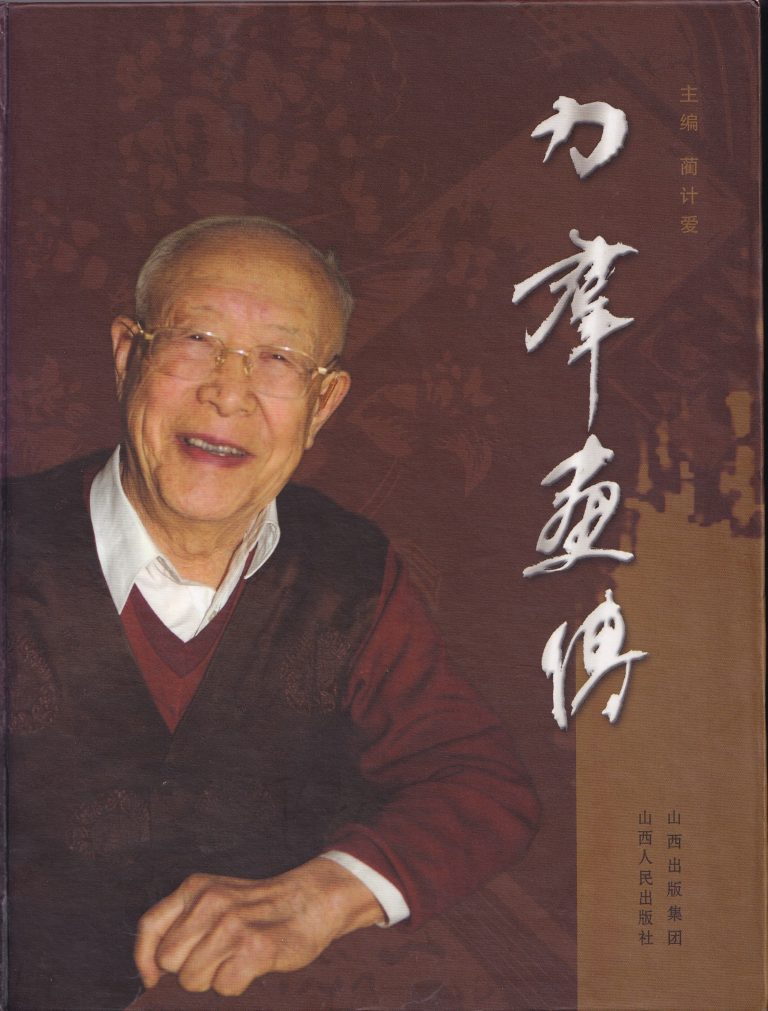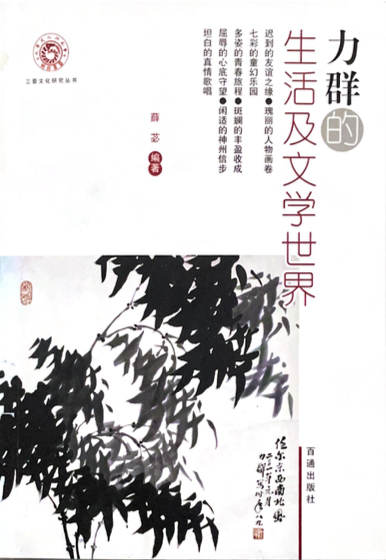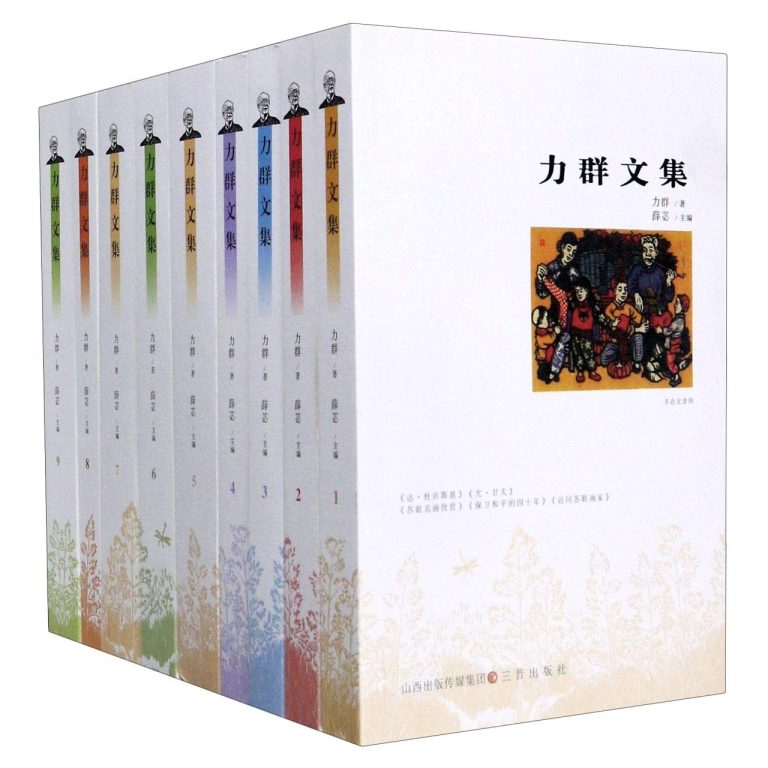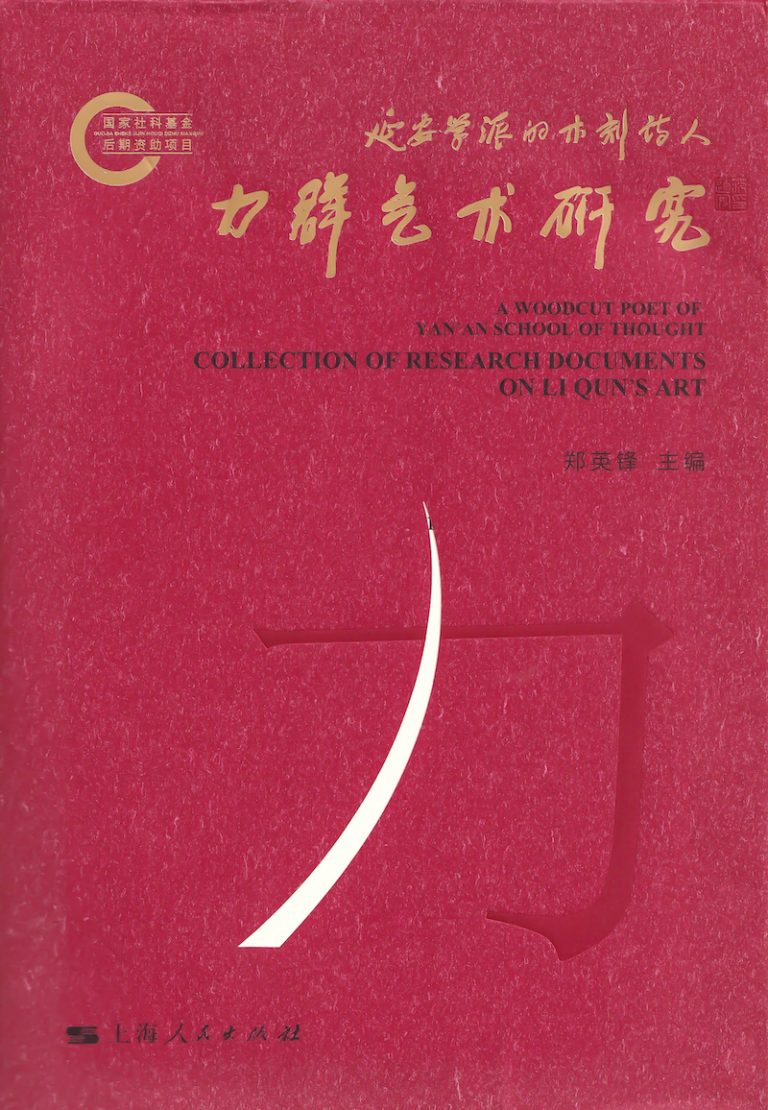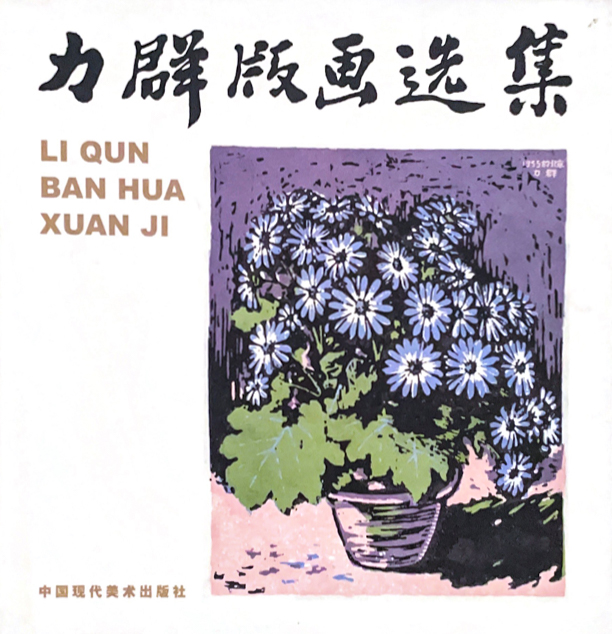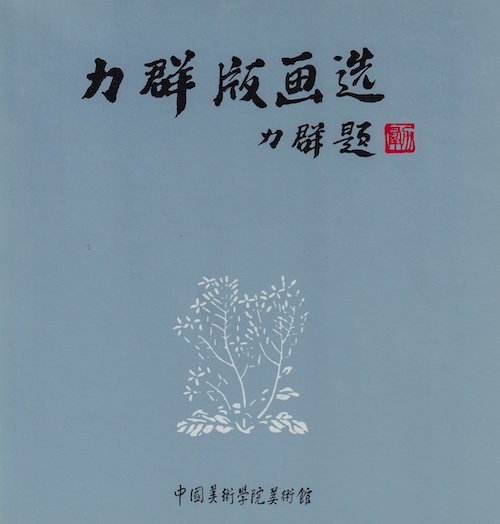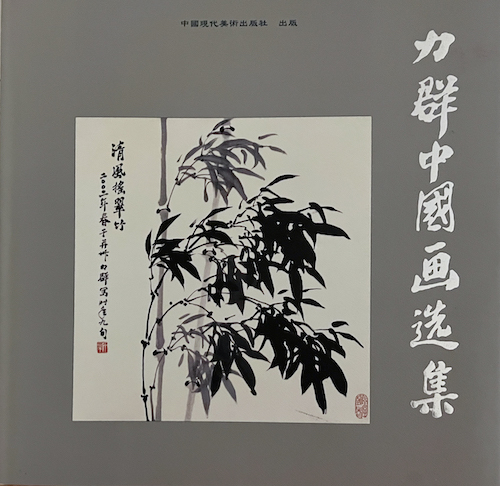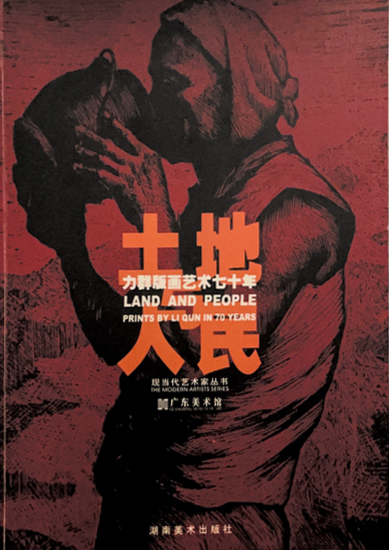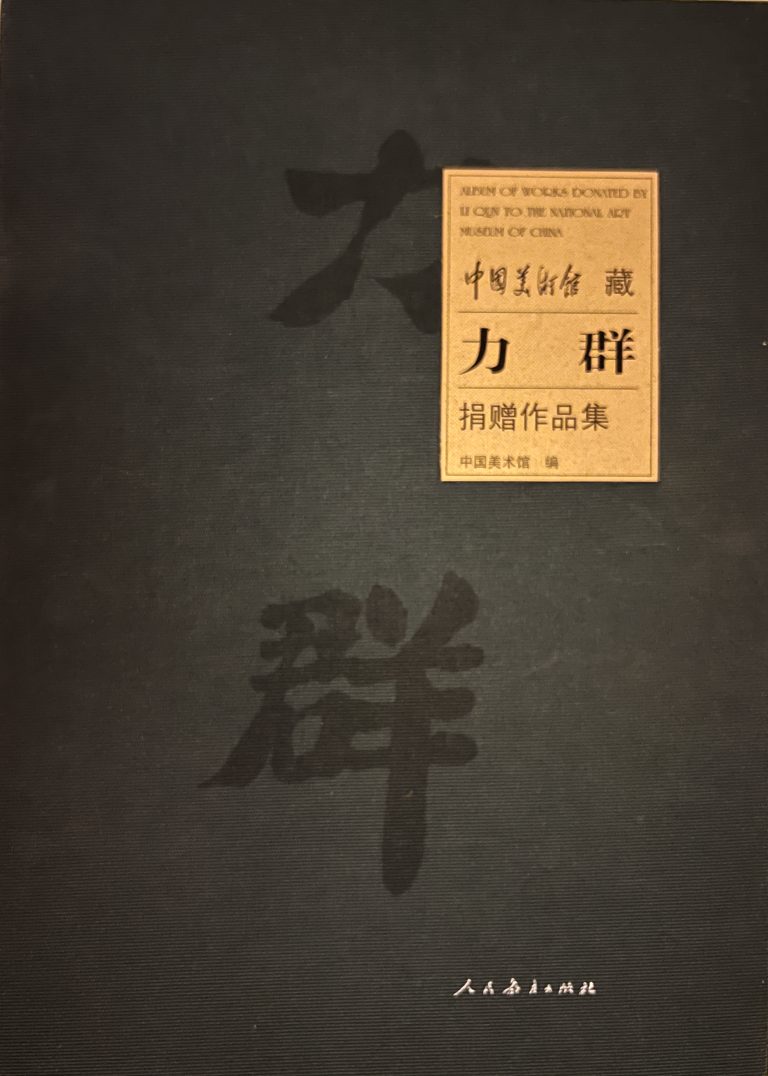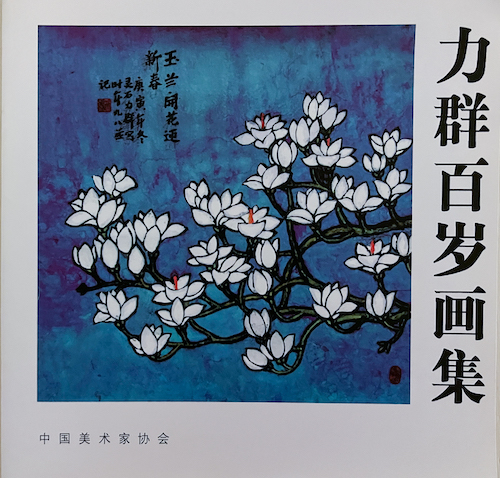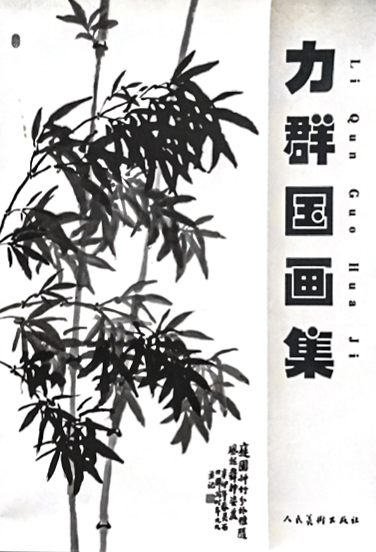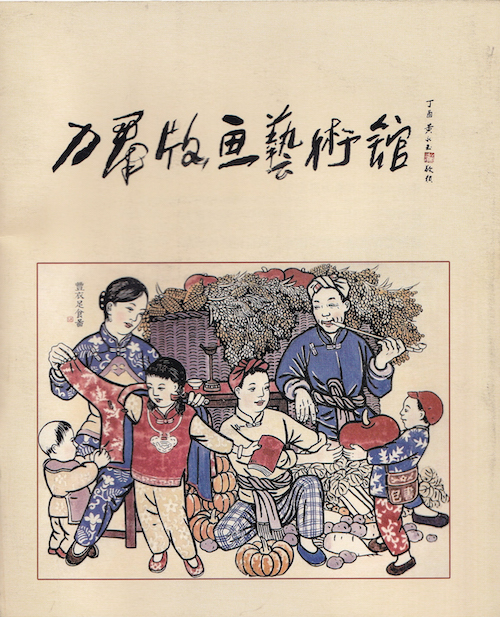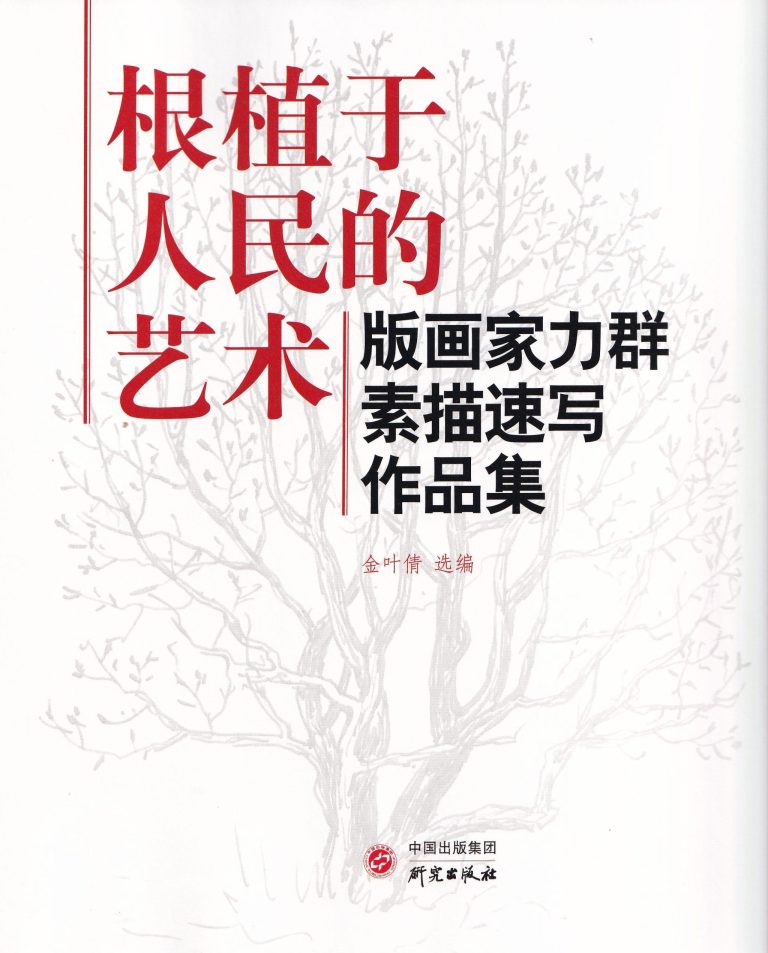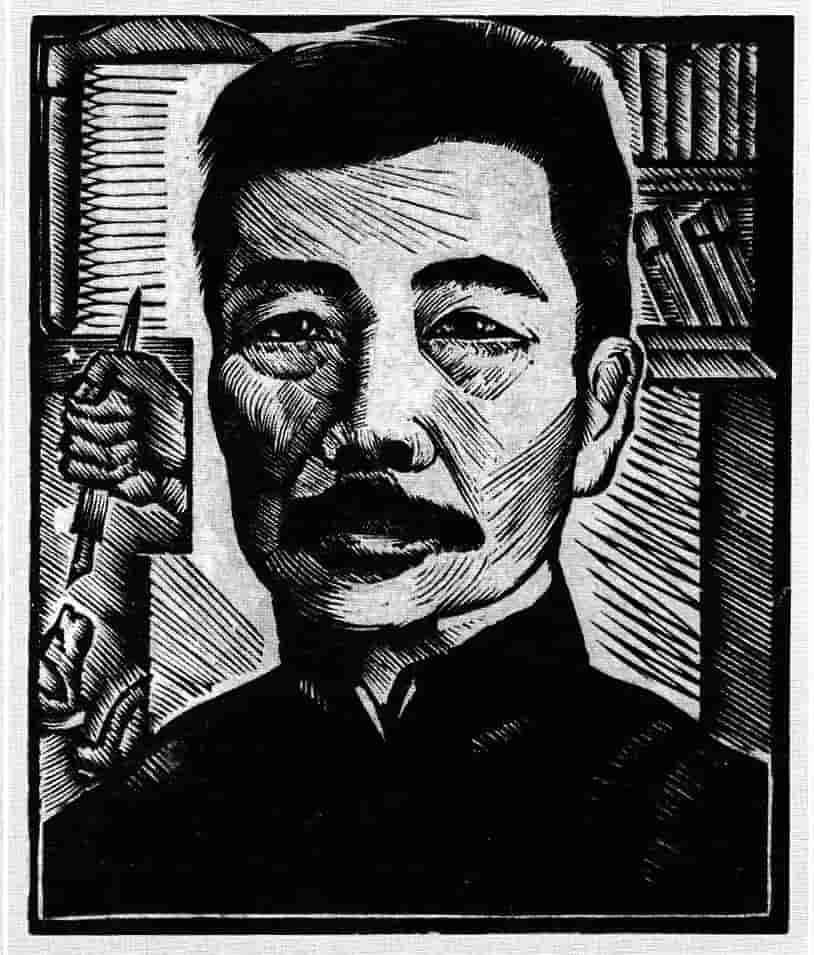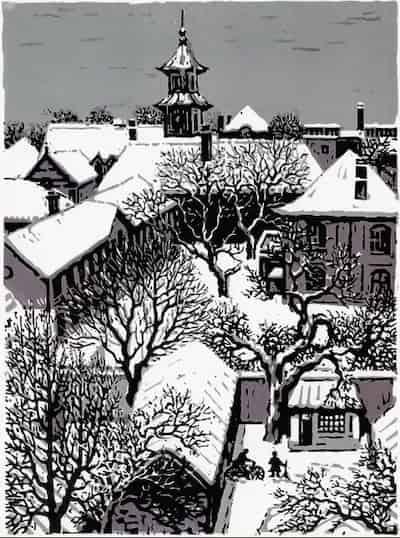In his youth, Li Qun harboured a vague longing for the Yellow River, which grew stronger in adulthood as he encountered the strains of the “Yellow River Cantata”. Throughout his revolutionary journey, he traversed the landscapes along the river’s banks. Following significant events like the Japanese surrender in 1945, Li Qun crossed the Yellow River multiple times, sketching scenes from its banks, particularly at Qikou in Linxian County, Qianshan Mountain. In 2003, at the age of 91, Li Qun transformed these sketches into “Flowers of the Yellow River” imbuing it with emotional resonance and symbolism. This painting, adorned with apricot blossoms and evoking the essence of spring, reflects his lifelong connection and aspirations linked to the Yellow River. Creating such a masterpiece during the era of reform and opening up is a testament to Li Qun’s profound artistic depth, challenging viewers to fully comprehend its implications.

Childhood 1912-1930
A village childhood Li Qun’s roots trace back to a quaint mountain village, an enclave characterised by a mere six courtyards and ten households in its nascent years. This hamlet, situated in Lingshi County, Shanxi Province, earned its identity as Hao Jia Zhang. Positioned to the east of Fenhe River,


